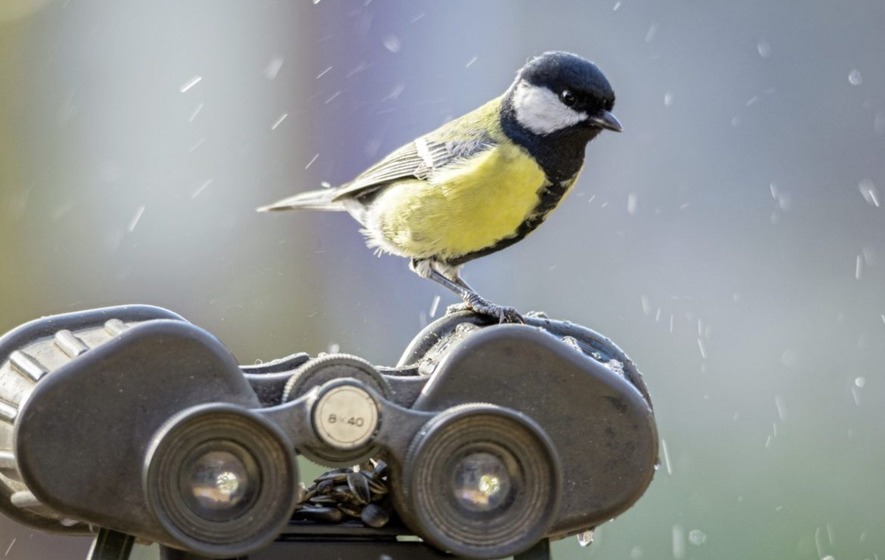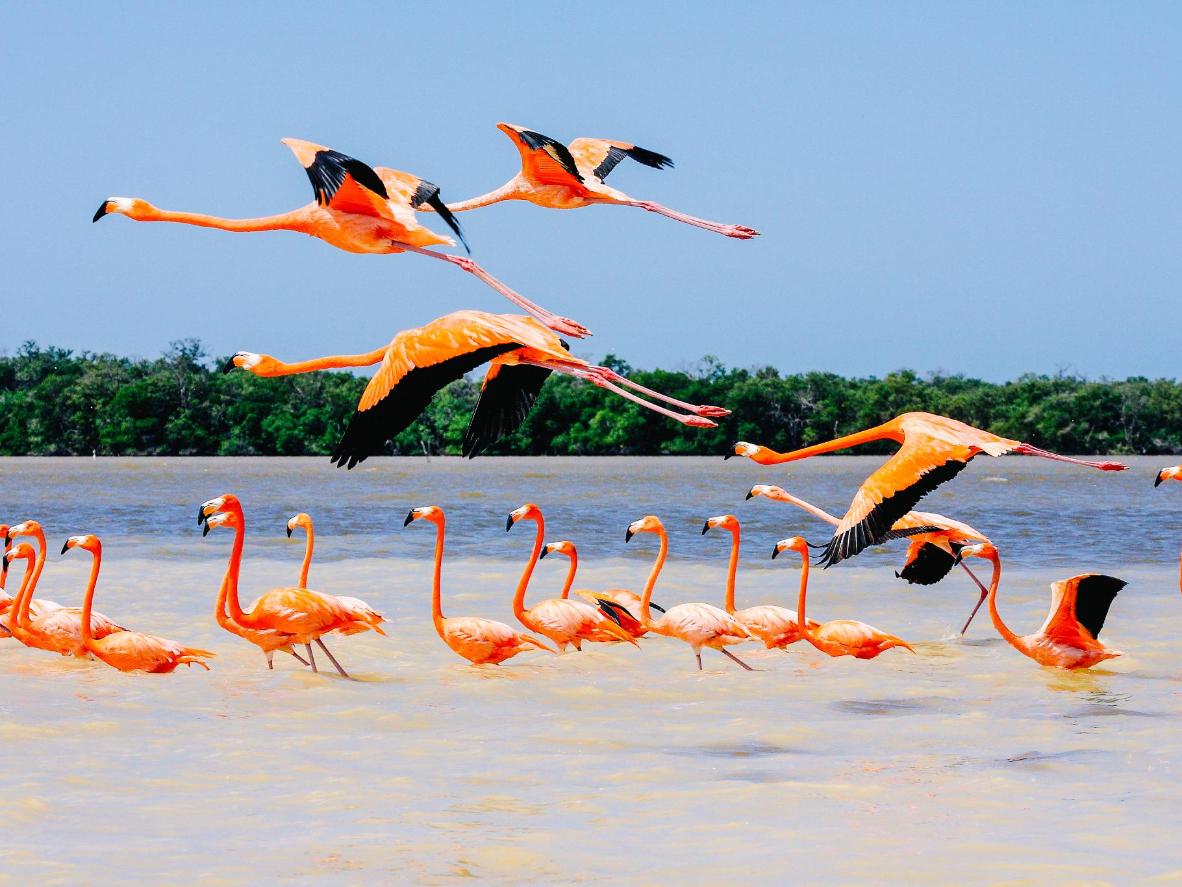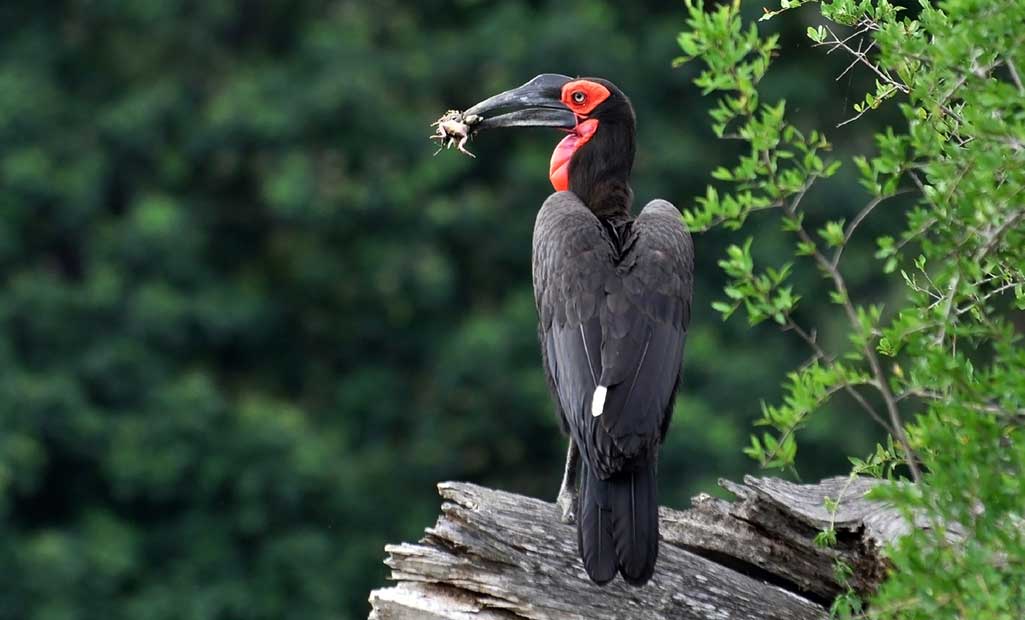Why Bird Watching is a Popular Hobby
Bird watching is a popular hobby for many reasons. First, it is an activity that can be done almost anywhere, from urban parks to remote wilderness areas. There are over 10,000 species of birds in the world, and each one has its unique characteristics and behaviors that bird watchers can observe and enjoy.
Secondly, bird watching offers a chance to connect with nature and appreciate the beauty of the natural world. It provides an opportunity to slow down, relax, and appreciate the beauty around us.
When it comes to finding locations for bird watching, there are countless options available. Local parks or nature reserves are excellent places to start for beginners as they offer a variety of habitats that support different species of birds.
More experienced bird watchers may want to venture further afield into wilder areas such as forests or wetlands that provide unique habitats for different kinds of birds. No matter where you go birding though, remember always to respect wildlife and their habitat so that generations after us can continue enjoying these beautiful creatures in their natural environment.
Top Bird Watching Locations:
1. Central Park, New York City: This urban oasis is a haven for bird watchers, with over 200 species spotted here. The park offers guided bird walks and an annual bird count event. Species to look out for include the red-tailed hawk, eastern bluebird, and American kestrel.
2. Everglades National Park, Florida: This unique ecosystem is home to a variety of birds including the roseate spoonbill and great egret. Visitors can explore on foot or by boat for a chance to spot these feathered inhabitants in their natural habitat.
3. Bosque del Apache National Wildlife Refuge, New Mexico: Located along the Rio Grande River, this refuge provides prime wintering grounds for sandhill cranes and snow geese. Visitors can view these magnificent birds during the annual Festival of the Cranes held each November.
Whether you’re an avid birder or just starting out, these top locations offer opportunities to observe and appreciate our feathered friends in their natural habitats.
1. National Parks and Wildlife Refuges
National parks and wildlife refuges are some of the best places to go bird watching. These protected areas offer a variety of habitats that attract different species of birds, making them ideal locations for bird enthusiasts. National parks such as Yellowstone, Yosemite, and Everglades National Park offer visitors the opportunity to see a wide range of birds in their natural habitat.
Wildlife refuges like Bosque del Apache National Wildlife Refuge in New Mexico or the Gulf Island National Seashore in Florida provide important stopovers for migratory birds, offering them a safe haven during their long journey. Visitors can witness large flocks of sandhill cranes, snow geese, and other waterfowl at these locations during migration season.
National parks and wildlife refuges also have education programs and guided tours that provide visitors with information on the various species present within the park or refuge. Bird watchers can take advantage of these resources to learn more about specific species they may encounter while exploring these beautiful natural areas.
2. Coastal Areas and Wetlands
Coastal areas and wetlands are some of the best bird watching locations in the world. These areas offer a wide variety of habitats for birds, including salt marshes, estuaries, mudflats, sandy beaches, and rocky shores. The diversity of these habitats attracts a vast array of bird species that can be observed throughout the year.
In coastal areas, shorebirds such as sandpipers and plovers can be found feeding along the shoreline during low tide while gulls and terns soar overhead. Wetlands provide habitat for waterfowl such as ducks and geese, wading birds like herons and egrets, as well as songbirds like warblers and sparrows. Many migratory species also rely on these areas during their seasonal journeys.
Birdwatchers can explore these environments by foot or by boat to observe birds in their natural habitat. Coastal bird watching is particularly rewarding during migration season when thousands of birds pass through on their way to breeding grounds further north or south. Wetland bird watching may require patience but offers opportunities to see unique species up close in their preferred surroundings. Overall, coastal areas and wetlands offer a rich experience for any birder looking to observe a variety of feathered friends in one location.
3. Forests and Mountains
Forests and mountains are popular bird watching locations that offer a rich diversity of avian species. Forests are home to a wide variety of birds, including woodpeckers, warblers, and owls. These birds rely on the forest’s resources for food and shelter. In addition, some forests are home to migratory birds that stop in these areas during their annual journeys.
Mountains also provide an ideal location for bird watching due to their unique habitats. The high altitude and rocky terrain offer nesting sites for raptors such as eagles, hawks, and falcons. The mountain forests also provide habitat for songbirds like chickadees and finches.
When exploring these areas, it is important to be aware of the potential dangers such as steep terrain or dangerous wildlife like bears or cougars. It is recommended to research specific trails or guided tours before embarking on your bird watching adventure in these locations. Overall, forests and mountains provide excellent opportunities for bird watchers to observe a diverse range of species in beautiful natural settings.
4. Urban Parks and Gardens
Urban parks and gardens are some of the best places to go bird watching in cities. They provide a habitat for various bird species, making it easier for bird enthusiasts to spot them. These parks and gardens are usually situated within the city’s boundaries, making access more convenient for people who live or work in urban areas.
Some popular urban parks and gardens ideal for bird watching include Central Park in New York City, Golden Gate Park in San Francisco, and Millennium Park in Chicago. These parks boast diverse ecosystems that attract migratory birds from different parts of the world. Visitors can spot species such as American robins, song sparrows, goldfinches, and woodpeckers among others.
In addition to providing a natural habitat for birds, urban parks and gardens also offer an opportunity for people to connect with nature while living busy city lives. Bird watching is a perfect way to relax after a long day at work or on weekends. It’s also an excellent activity for families looking to spend quality time together outdoors while learning about different bird species.
Tips for Finding Birds:
1. Research birding hotspots: Before embarking on a bird watching trip, it is important to research locations that are known for attracting a variety of bird species. Look for parks, nature reserves, or wildlife refuges in your area that have been designated as hotspots by local birding organizations or online resources such as eBird.
2. Pay attention to habitat: Different birds prefer different habitats such as forests, wetlands, grasslands, and coastal areas. Identify the types of habitats that different species frequent and plan your visits accordingly.
3. Check weather conditions: Birds are more active during certain weather conditions such as early morning or after rain when there are plenty of insects around for them to feed on. Use weather forecasts to plan your outings and increase the chances of spotting birds.
4. Stay quiet and still: When you approach an area with birds, try not to disturb their natural behavior by making loud noises or sudden movements. Find a comfortable spot where you can sit quietly and observe the surroundings without causing any disturbance.
5. Bring binoculars and field guides: Binoculars will allow you to get a closer look at the birds without disturbing them while field guides will help you identify different species based on their physical characteristics such as size, coloration, and markings.
6. Join birding groups: Joining local bird watching groups is an excellent way to meet like-minded individuals who share your passion for bird watching.
1. Researching Online Resources
When it comes to bird watching, there are several online resources that can help you find the best locations to spot different species. Some of the popular websites include eBird, Audubon Society, and BirdWatching Daily. These sites offer extensive databases of birding spots, complete with detailed information such as location descriptions, maps, and species lists.
eBird is a comprehensive resource that allows users to search for birding hotspots by location or species. The site has an interactive map feature that shows all the nearby sightings and lets you filter results based on time or season. Audubon Society also offers great resources for bird watchers including a national network of chapters spread across different regions in North America. They regularly organize field trips and provide local recommendations for birding locations.
BirdWatching Daily is another top-notch resource for avid birders who want to stay updated on news related to their hobby. The website features articles about new discoveries in the world of birds, conservation efforts affecting their habitats, as well as tips on how to improve your spotting skills and identify different species accurately. Overall, researching online resources can be a great way to plan your next adventure into the world of birds!
2. Joining Local Birding Clubs
One of the best ways to find bird watching locations is by joining a local birding club. These clubs often have experienced members who can share their knowledge of the best bird watching spots in your area and provide tips on identifying different species. They may also organize group outings to various locations, allowing you to discover new places and meet fellow bird enthusiasts.
Additionally, being part of a birding club can offer opportunities to participate in citizen science projects aimed at gathering data on birds and their habitats. This involvement not only helps contribute to scientific research but also allows for a deeper understanding and appreciation of nature.
Overall, joining a local birding club can be an enriching experience for both novice and experienced birders alike. It offers access to resources, education, camaraderie, and most importantly, opportunities to explore new places rich with avian life.
3. Using Field Guides and Binoculars
Once you have identified a bird watching location, it’s time to gear up with the right tools. Two essential items for any bird watcher are field guides and binoculars. Field guides provide detailed information about the birds in a specific area, including their appearance, behavior, and habitat. They also contain illustrations or photographs of the birds to help you identify them.
Binoculars are another critical tool for bird watching. They allow you to observe birds from a safe distance without disturbing them. When selecting binoculars for bird watching, look for models with good magnification (8x or 10x), an objective lens diameter of at least 42mm to gather enough light in low-light conditions, and lightweight construction for easy carrying.
Using these tools together can enhance your bird watching experience by enabling you to identify and observe birds with greater precision and accuracy. As always when exploring nature locations be mindful of other visitors and do not disturb wildlife while observing them from afar!
Conclusion: The Joy of Discovering New Avian Species
In conclusion, the joy of discovering new avian species is one that cannot be compared to any other experience. Bird watching enthusiasts are always on the lookout for new and exciting bird species to add to their life list. The thrill of finding a new bird species in an exotic location can make all the difference in a birder’s life.
Moreover, bird watching locations around the world offer unique opportunities for discovering new species. From tropical rainforests to arid deserts, every region has its own set of endemic birds waiting to be discovered. Some popular destinations for bird watching include Central and South America, Southeast Asia, Africa, and Australia.
Overall, exploring different bird watching locations is an excellent way to discover new avian species and experience the beauty of nature. It brings immense satisfaction and joy as you learn more about these fascinating creatures and their habitats while also contributing towards conservation efforts. So pack your binoculars and head out into the wild for a truly unforgettable adventure!



